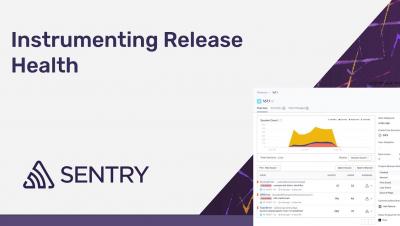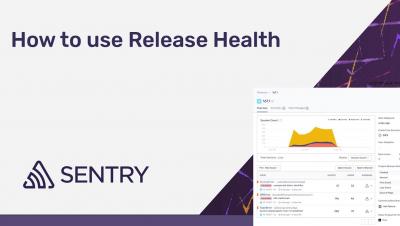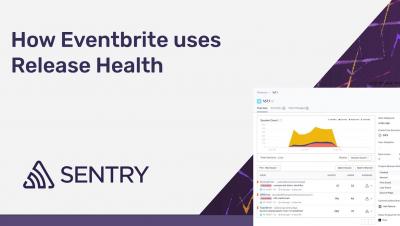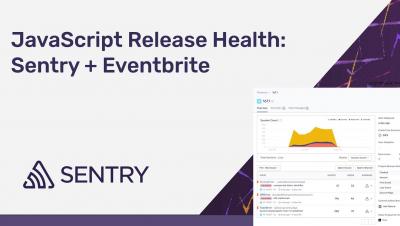Operations | Monitoring | ITSM | DevOps | Cloud
February 2021
Application Monitoring 101: How to monitor your releases with Sentry
How Eventbrite uses Sentry's Release Health
3 Ways to Improve JavaScript Applications
In January we brought Release Health to JavaScript. This month we’ve been thinking about the overall experience for JavaScript developers, some could call it JavaScript Jebruary. Think back to your last frustrating experience. It was probably caused by slow page loads or getting dizzy from staring at the ever-ending spinner. One survey showed that the average desktop load time on a webpage was 10.3 seconds and on mobile, it was 27.3 seconds.
How to Monitor JavaScript Releases: Sentry + Eventbrite
Series D: Moving Faster and (Not) Breaking Things
In the software lifecycle, you need to know what is affecting the customer from your frontend code to your underlying infrastructure. However, no one to date has solved for monitoring the health of software code vs. systems at the level that we have taken on — or at the scale that our customers require, as everything from grocery shopping to gaming is now digital.
Close the Loop with User Feedback
Everyone’s software crashes. As an engineer, you don’t feel your users’ frustration unless they reach out to customer support, write bad reviews, or tweet about it. This feedback is often lacking relevant information to resolve the issue. In some cases, you can re-engage with the customer, but that process is time-consuming and inefficient. Another option would be to examine the crash reports, but sometimes they don’t give sufficient insight to fix the problem.
Patching A Flood of 404s
Documentation is a roadmap. It gives us the safest route to reliable, performant code. And just as maps are updated to reflect changing infrastructure, we update our documentation to give you the best way to purposefully use Sentry. In our latest edition of Dogfooding Chronicles, we use Discover to root out the bane of all companies everywhere: the 404 page.
Application Monitoring 101: SDK-side fingerprint rules
Application Monitoring 101: How Grouping works in Sentry
Application Monitoring 101: How to improve stack trace Grouping
Application Monitoring 101: Server-side fingerprint rules
Asking The Right Query With Discover
Successful businesses don’t sort data — they shape it. Discover, Sentry’s query builder, gives form to your event data so you can measure performance and trace issues across all your projects. Here’s how.
How to use Sentry Attachments with Mobile Applications
In a previous life as an Android developer, a customer reported a nasty bug that we didn’t know how to fix. After what felt like countless hours of debugging and writing back and forth to customer support, our only option left was to get our hands on the users’ local database. However, for a variety of reasons, we couldn’t ask the customer to root the device, copy the database, and send it to us.















